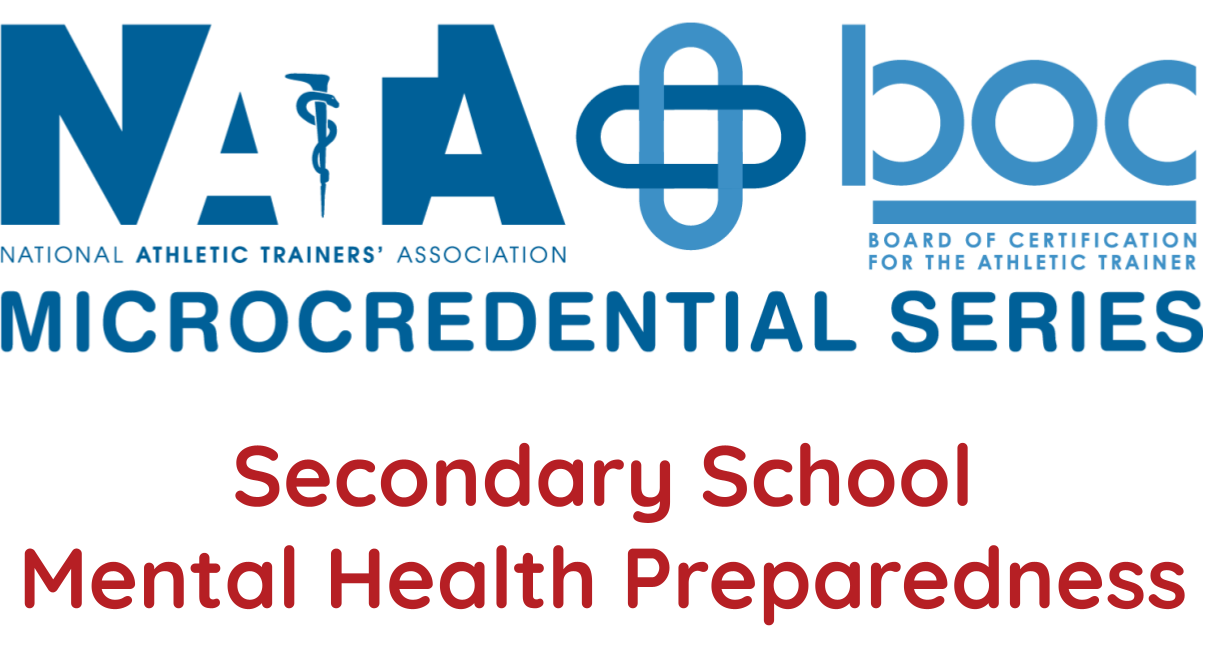
Aaron Nelson, ATC, LAT, PES, CES
Aaron Nelson was hired by the Pelicans in 2019 as the VP, Player Care & Performance. Prior to that, Aaron worked with the Phoenix Suns for 26 seasons, leaving the team as the Head Athletic Trainer and SVP of Athlete Health & Performance. He was only the second Head Athletic Trainer in team history. Nelson, who was the second youngest head athletic trainer in the NBA when he was promoted by the Suns in 2000 and was originally hired as the Suns’ Assistant Athletic Trainer in 1993.Nelson, who was named the Joe O’Toole NBA Athletic Trainer of the Year by the National Basketball Athletic Trainers Association for 2009, is certified and licensed as an athletic trainer, performance enhancement specialist (PES) and corrective exercise specialist (CES).
He is a member of the National Athletic Trainers’ Association (NATA), Louisiana Athletic Trainers Association (LATA) and National Basketball Athletic Trainers Association (NBATA). In May of 2019, he began his 2-year reign as Chairman of the NBATA. In the Spring of 2010, Nelson was appointed by Arizona’s former Governor, Jan Brewer, to serve on the Arizona Board of Athletic Training where he served his final two years as Chairman, before fulfilling his obligation in 2015. Nelson served as the athletic trainer for the USA Basketball Men’s Select Team that helped prepare the 2007 USA Senior National Team for the FIBA Americas Championship in Las Vegas.
Following graduation from Iowa State University in December 1992, Nelson spent the spring1993 semester as a graduate assistant at Arizona State University. While an undergraduate, he was a student athletic trainer for four years under NATA Hall of Famer, Frank Randall. He earned a Bachelor of Science degree in Physical Education with an emphasis on Athletic Training and a minor in Health. Nelson, who serves on the Science Advisory Board for Fusionetics, received his Master of Science degree in Exercise Science from California University at Pennsylvania.
In the summer of 2004, Nelson completed a two-week volunteer internship with the United States Olympic Committee (USOC) in the sports medicine department at the Olympic training facility in Chula Vista, Calif., working primarily with track and field and Paralympic athletes. Nelson participated as the athletic trainer for the NBA’s Basketball Without Borders in Ljubljana, Slovenia in the summer of 2011 and in Johannesburg, South Africa in the summer of 2014.

